Cologne guide 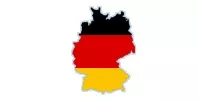
In Cologne you can enjoy history, culture, great food and a good dose of joie de vivre. In the iconic Kölner Dom cathedral, history meets the legends of the Three Kings. If you like the scent of luxury, know that the famous Eau de Cologne was created here. You will also enjoy fun here - for example during the world-famous carnival, when the streets turn into an endless party. And how about tasting the local Kölsch? It is not just a beer, but a way of life!
Monuments and culture - Lrt´s learn more about famous monuments in Cologne such as Cologne Cathedral (Kolner Dom), Hohenzollern Bridge, Old Town Hall and others.
Accommodation - Recommendations for luxury accommodation in city centre, sustainable guesthouse in quiet outskirts, most popular hostel and so on.
Food and drink - In Cologne, you can enjoy not only river fish or potatoe meals, but also local beers.
Practical advice - Get some tips for public transport, where to shop, where to find modern architecture or how to enjoy local carnival.
Famous people - Which famous people are connected with Cologne? Learn more about these writers, scientists, photographers and others.
Weather - When is the best period to visit Cologne? What about the rainfalls?
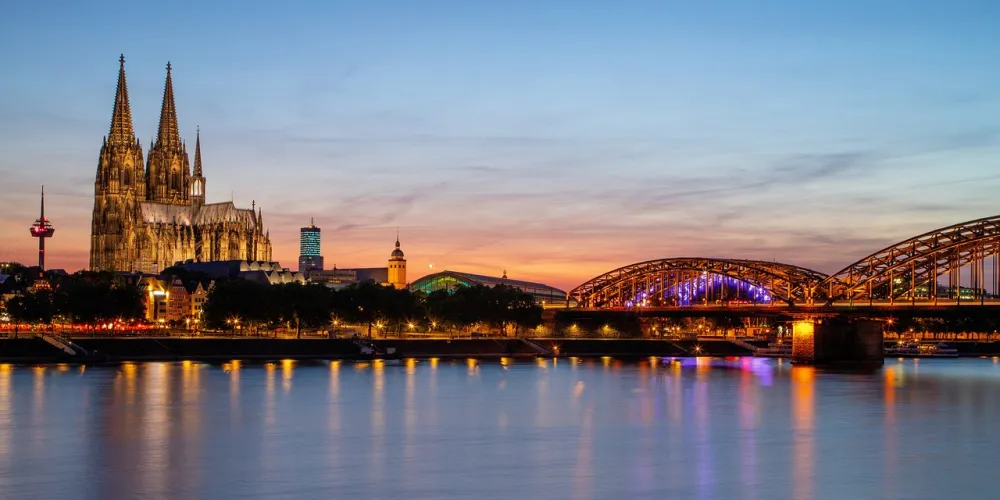
Cologne (German Köln), one of the largest and most populous German cities, is located on the Rhine River in North Rhine-Westphalia. The city has a rich history, cultural heritage and is known for its impressive Gothic cathedral.
Cologne Cathedral (Church of St. Peter and Mary) - one of the most important Gothic cathedrals in the world. Its construction began in the 13th century and ended only in the nineteenth century. It is on the UNESCO World Heritage List.
Köln has more than 2,000 years of history. Founded by the Romans as Colonia Claudia Ara Agrippinensium, it was one of the most important cities in the Roman province of Germania.
The city lies on the left bank of the river Rhine, which gives it a picturesque location and offers opportunities for river cruises.
You can visit many museums, galleries and theaters in Cologne. The city hosts many festivals and cultural events throughout the year. During the winter, the city comes alive with colorful carnival festivities with colorful parades and costumes. The local carnival starts on 11.11. at 11 a.m. and continues through March.
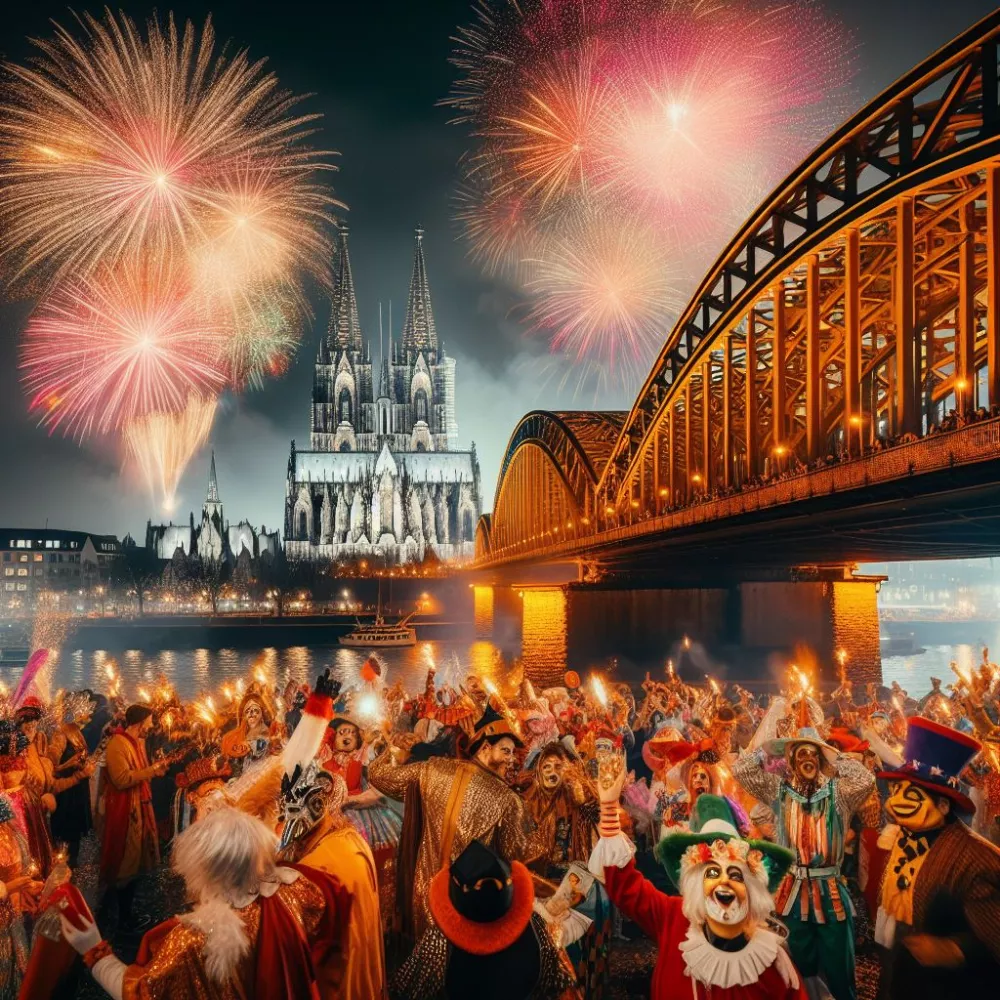
Regional cuisine offers specialties such as Halver Hahn (beef sandwich), Kölsch (traditional beer) and Rheinischer Sauerbraten (stewed meat in sour sauce).
In addition to historical buildings, Cologne is also known for modern architecture, for example the Ludwig Museum or the postmodern buildings in Deutz.
The city is an economic center with developed industry, trade and services. There is also an important port here.
Cologne has an excellent transport infrastructure, including an international airport (CGN), rail links and important motorways.
Landmarks and monuments
The Church of St. Peter and Mary (Kölner Dom) - A Gothic cathedral, a UNESCO World Heritage Site. It is the seat of the Archbishop of Cologne. Its imposing towers measure an incredible 157 meters. If you decide to climb the observation tower, prepare your calves – there are 533 steps ahead. But the view of the Rhine is worth it!
Address: Domkloster 4, Cologne.
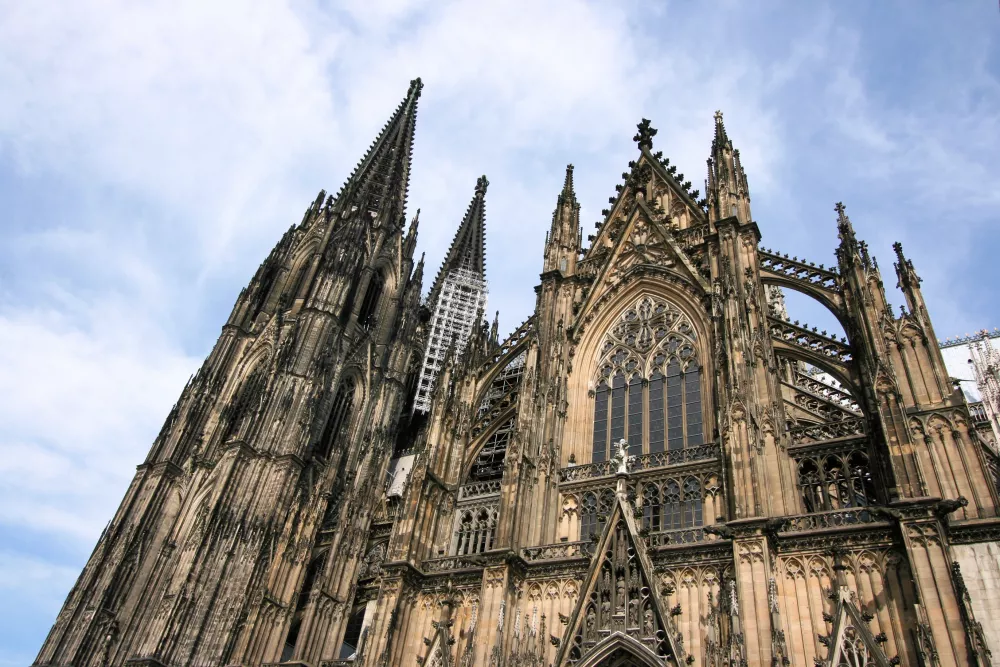
Old Town Hall (Altes Rathaus) - The historic town hall in the city center is located on the Alter Markt square and its 61-meter-high tower is one of the main landmarks of the city. The town hall is an architectural chameleon – you will find a Gothic tower, a Renaissance loggia and a modern extension. But the most eye-catching thing is its tower (Ratsturm), which was the tallest building in the city in the Middle Ages and is now decorated with 124 statues. These statues represent famous emperors, kings, saints, but also local celebrities – from the Roman emperor Augustus to the inventor of the internal combustion engine, Nikolaus Otto, and the composer Offenbach.
Address: Rathausplatz 2, Cologne.
Museum Ludwig - An art museum specializing in modern and contemporary pop art. It features works by artists such as Andy Warhol, Pablo Picasso and others. You can wander among works by Russian avant-garde, German expressionism or have a coffee on the terrace overlooking the Rhine and the cathedral. And if you are a sunset lover, every first Thursday of the month is the so-called “Long Thursday”, when you can enjoy the art and the views until the evening.
Address: Bischofsgartenstraße 1, Cologne.
Romano-Germanicum Museum (Römisch-Germanisches Museum) - A museum focusing on Roman and Germanic history. Here you will find many archaeological finds from 2000 years ago. The museum stands (or stood before the reconstruction) directly above the place where the famous 3rd century Dionysian mosaic hall was discovered during World War II. Due to the reconstruction, the museum's collections were temporarily moved to the "Belgian House".
Address: Cäcilienstraße 46, Cologne.
Chocolate Museum (Schokoladenmuseum) - A museum dedicated to the history and production of chocolate, with tastings and interactive exhibits, not only children will appreciate it. The three-meter chocolate fountain contains 200 kilograms of liquid chocolate! Guides dip wafers right in front of your eyes and hand them out to visitors. Yummy. :)
Address: Am Schokoladenmuseum 1a, Cologne.
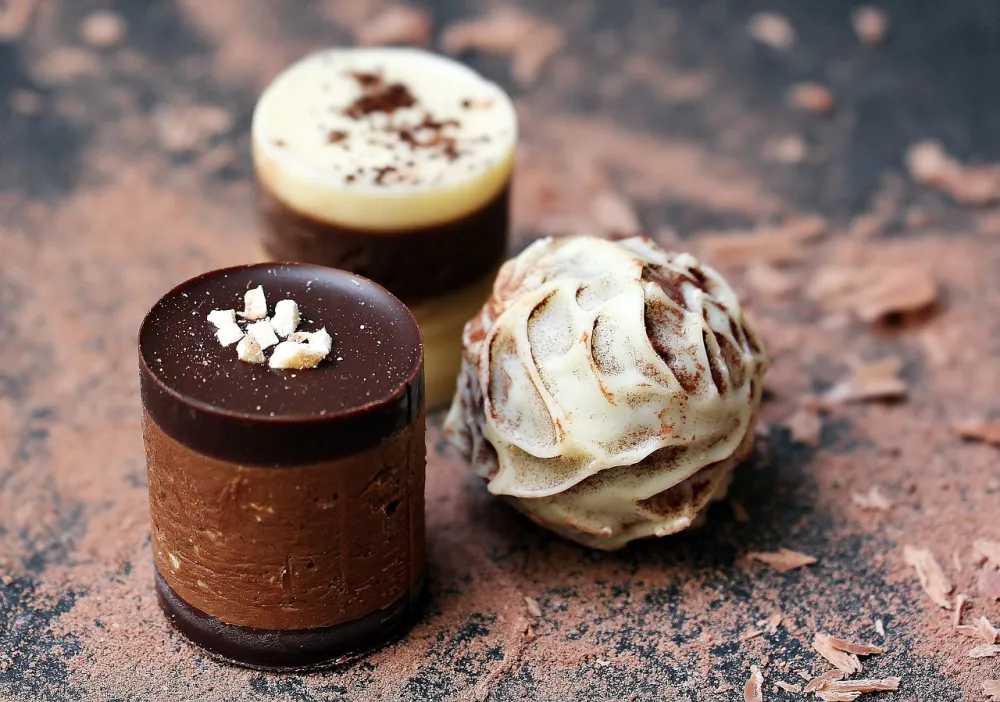
Severin's Basilica (Severinskirche) - A 10th-century Romanesque basilica, one of the oldest churches in the city. It stands on the site of a former Roman cemetery. Saint Severin is the patron saint of rain in Cologne. According to legend, when his remains arrived in the city, the long dry season finally ended and rain began.
Address: Im Ferkulum 29, Cologne.
Eigelsteintorburg - A medieval gate, part of the city's original fortifications. Although many parts of the fortifications have not been preserved, the Eigelsteintorburg adds a touch of history. This massive twin-towered gate was built between 1228 and 1248 and served as the northern entrance to the city for centuries. In 1804, Napoleon himself entered Cologne through this gate, accompanied by cannon fire and the ringing of bells.
Address: Eigelstein 135, Cologne.
Hohenzollern Bridge (Hohenzollernbrücke) – The 409-meter-long and 29-meter-wide bridge over the Rhine River from the beginning of the 20th century is famous for its arches and railway tracks. Around 1,500 trains pass through here per day! You can also find the famous love locks here – so many that the bridge weighs 15 tons more!
Address: Hohenzollernbrücke, Cologne.
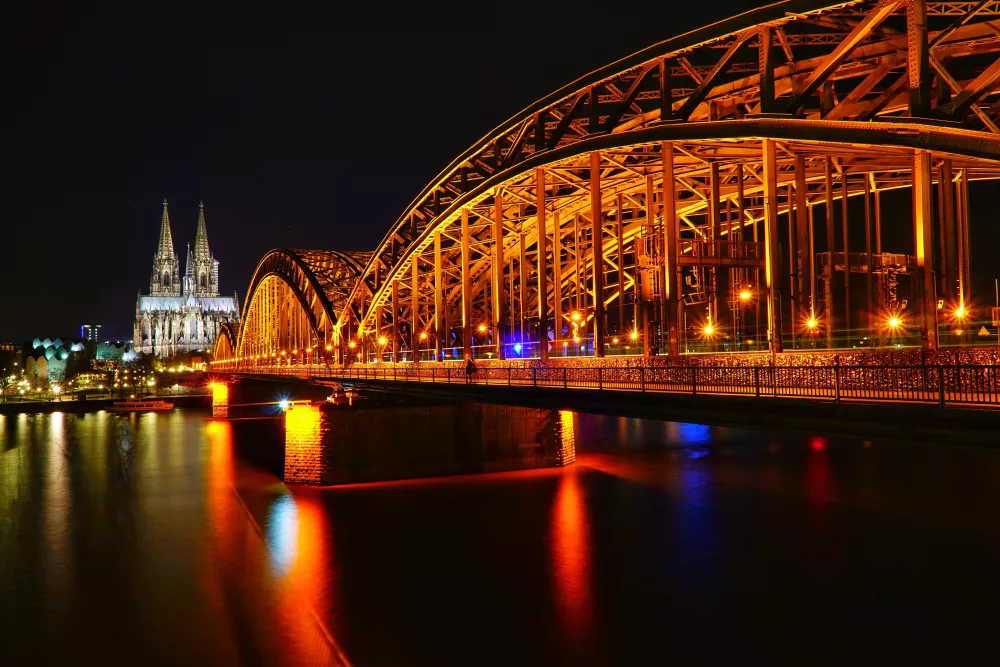
Flora and Botanical Garden - A beautiful botanical garden with many species of plants and flowers can be found next to the zoo. There are around 12,000 plants from all over the world – from Japanese camellias that would be the envy of a geisha to tropical palm trees that would look more like the Caribbean than the Rhineland. Admission is free.
Address: Am Botanischen Garten 1a, Cologne.
Rheinauhafen - A modern port on the Rhine River, created by the revitalization of a former seaport. It offers interesting architecture, modern buildings and great opportunities for walks along the waterfront. The three iconic buildings called Kranhäuser – “crane houses” – attract the most attention. These inverted “L”s resemble giant harbor cranes that once really loaded goods onto ships. Today they are home to companies, law firms and luxury apartments.
Address: Rheinauhafen, Im Zollhafen, Cologne.
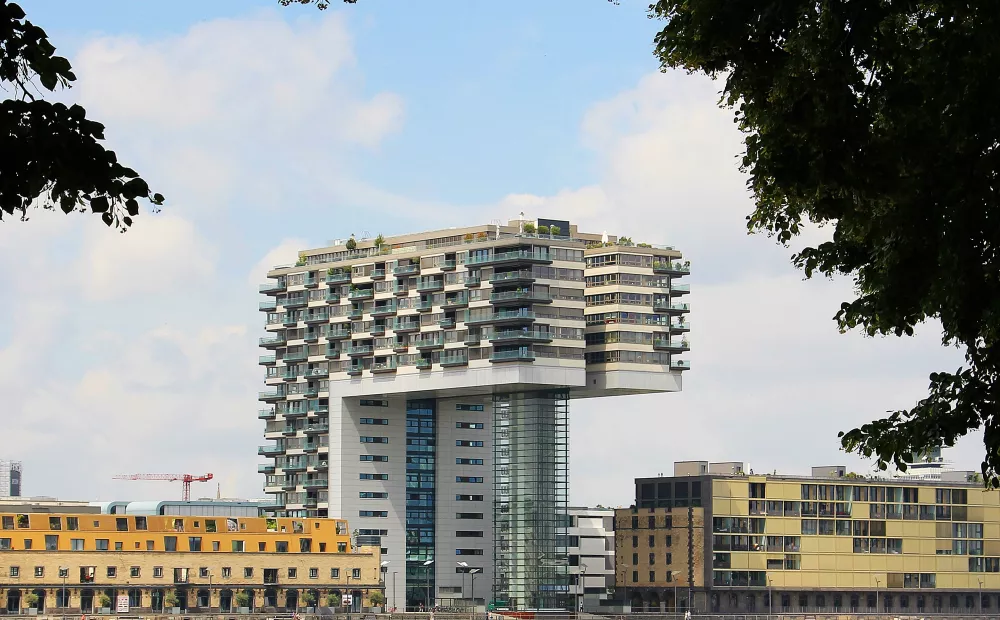
Accommodations
In Cologne you will find dozens of hotels, guest houses, apartments and hostels. The largest number of accommodation facilities is located in the very center of the Old and New Town (Altstadt, Neustadt). In the center near the main train station (Köln Hauptbanhof) there are both luxury hotels and more modest hostels for a less demanding clientele. Another district with a rich offer of accommodation is the Innenstadt located by the river Rhine. All offered accommodations have good access to the metro. Hotels of higher categories offer their guests comfortable rooms, a high standard of services, and some of them also have swimming pools and a wide range of wellness services. The price range for accommodation is wide, always depending on the standard, location and season.
The 5* Excelsior Hotel Ernst am Dom is definitely among the most luxurious accommodations in Cologne. You can find it directly opposite the Cologne Cathedral, a short distance from the main station. The local restaurant boasts a Michelin star. There is also a piano bar and a cigar lounge.
The V8 Hotel Köln at MOTORWORLD with its stylish decorations is sure to impress motor vehicle lovers. You can find this 4* hotel 6 km from the center and thanks to the 24/7 reception, you can check in at almost any time.
The pleasant 3* Hotel Stern am Rathaus is located in a side street right in the city center - an ideal location for those who want to explore the historic center but like peace and quiet.
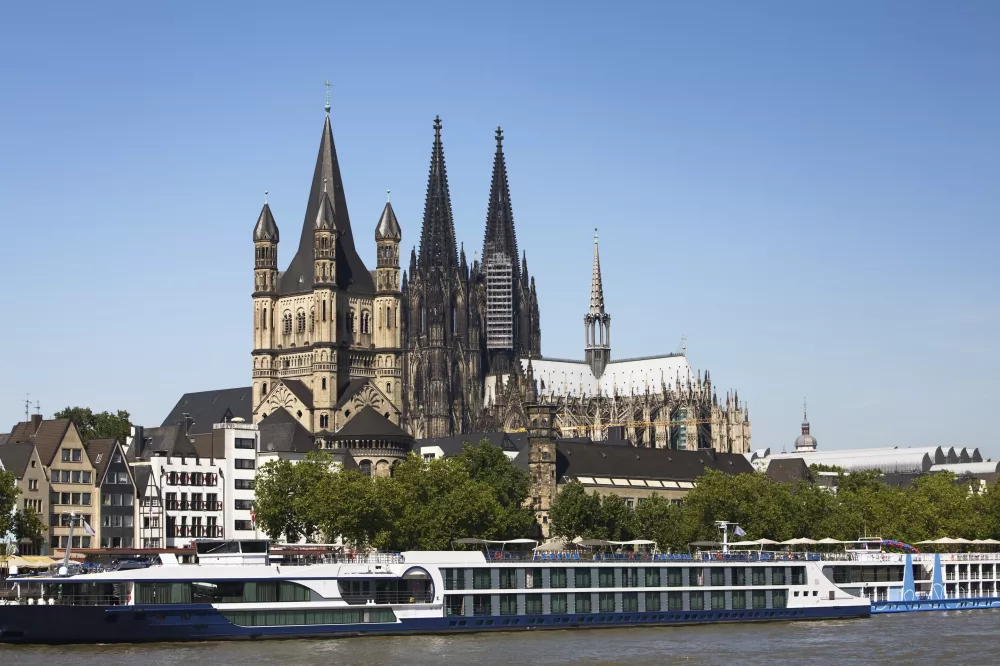
Someone, on the other hand, prefers to stay in a guesthouse outside the center. At the sustainable guesthouse Spacious & comfortable guestrooms w private bathrooms near Koelnmesse & Lanxess Arena, about 6 km from the city center, you can stay in a room with a balcony or garden view.
Probably the most popular Cologne Hostel die Wohngemeinschaft can be found a short distance from the center. The younger generation will enjoy the hostel more, because the local cafe, where you can have refreshments during the day, turns into a bar with DJs in the evening.
For a complete offer of accommodation in Cologne, we recommend using A-HOTEL.com. You can also use Booking.com offer for Cologne.
Practical advice for the trip
You can use efficient public transport in Cologne. You can ride by tram, bus and train. But the historical center of the city is best explored on foot. You can also go for a boat trip. Consider purchasing a city card, which gives you free transportation around the city and various discounts on entrance to attractions. You can buy either a single or family card.

If you plan to visit museums or historical sites, consider purchasing tickets in advance online. This will save you time and avoid queues.
Be prepared to go through security when visiting Kölner Dom. Some items, such as large backpacks, may not be allowed.
If you like modern architecture, don't miss a walk around the modern part of Rheinauhafen. In addition to modern buildings, it also offers nice views of the Rhine River.
If you like parties and celebrations, visit Cologne during the carnival season. Make sure you have some kind of carnival costume!
Try local specialties including traditional Kölsch beer, bratwursts and Halver Hahn. In addition to local specialties, many restaurants also offer a wonderful view of the Kölner Dom.
If you come to Cologne by car, find out about the parking options in advance. Parking in the city center may be limited.
For shopping, head to the area around Schildergasse, where you will find many shops and boutiques. If you want to take a break and relax, you can go for a walk along the river.
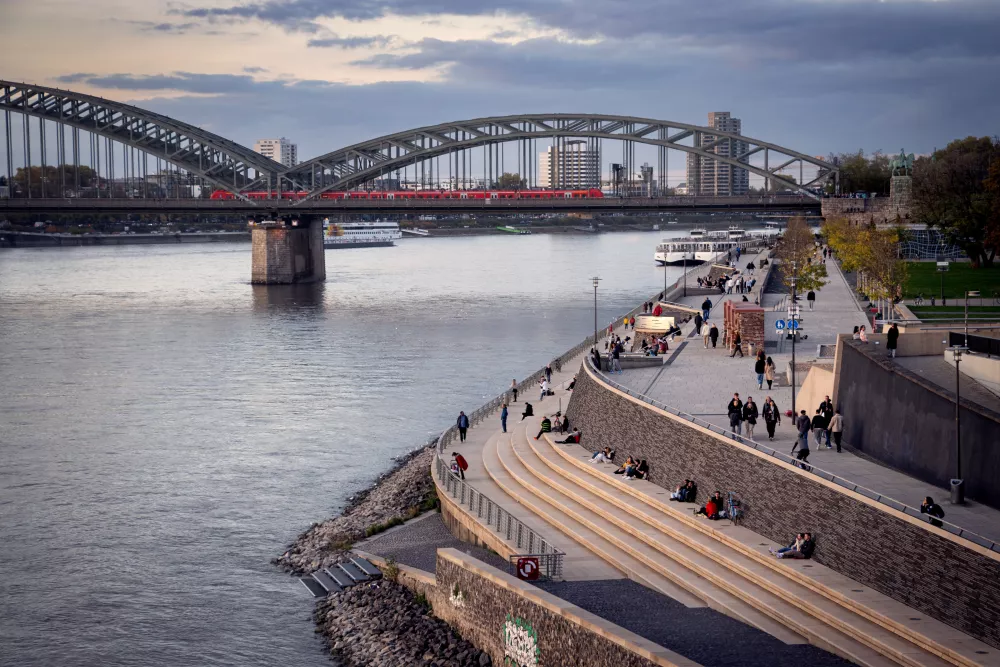
👍 Our tip: Praetorium Museum - offers a chance to see the preserved underground spaces of the former Roman governor's palace, as well as the unique ancient sewer system. Here you will see not only the foundations of buildings and ancient engineering, but also, thanks to 3D models, what the area once looked like. It is an experience for lovers of history, archaeology and everything mysterious beneath the surface of the city.
Food and drink
In Cologne you can taste a number of traditional German specialties:
Halver Hahn - sandwich with slices of Gouda cheese, dark bread and mustard or onion.
Reibekuchen - potato pancakes often served with apple compote or sugar and cinnamon.
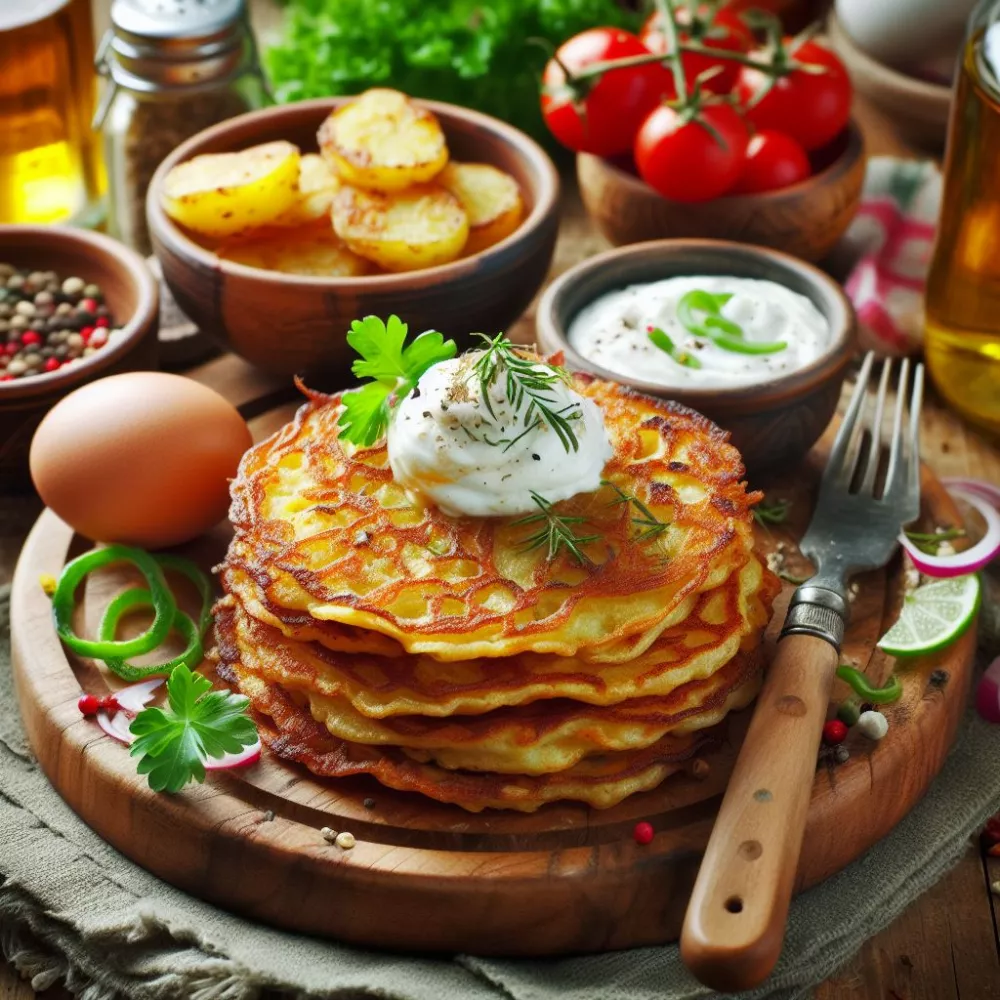
Himmel un Ääd - a traditional dish called "Heaven and Earth" that combines potatoes (earth), apples (heaven) and is often served with sausage or meat.
Sauerbraten - stewed meat (often beef or pork) marinated in a mixture of vinegar, water and spices, served with sauce and dumplings.
Rheinischer Sauerbraten - a variant of Sauerbraten from the Rhineland region, usually made with beef and served with potato dumplings.
River fish - fish from the Rhine River, prepared in various ways, for example fried or smoked.
Kölsch - a traditional beer brewed in Cologne. It's bright and refreshing. Be careful, in some pubs the waiter can automatically refill you if you finish your beer, unless you say you don't want any more.
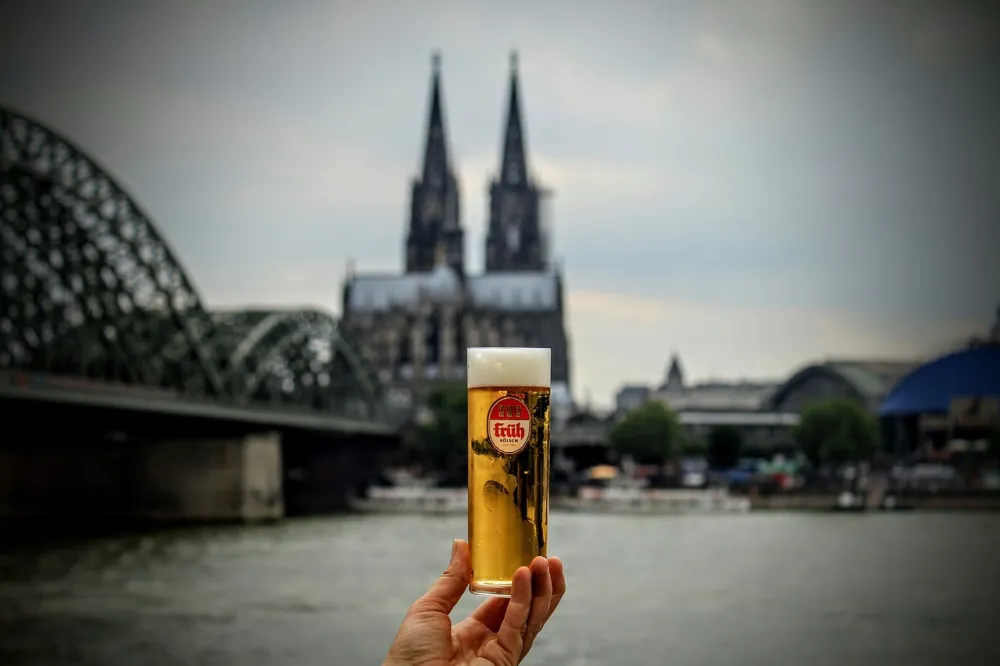
Apfelwein - cider, often served Frankfurt-style, which means it's slightly sour.
Wein (Wine) - Rhine wine that is popular in the area, mostly white and fresh.
Korn - a traditional German spirit, similar to vodka. You can taste it in different flavors.
Cola-Mix (Spezi) - a German variant of a mixed drink, often combining cola and an orange drink.
Celebrities
Heinrich Böll (1917–1985) - German writer, winner of the Nobel Prize for Literature in 1972. Born in Cologne, Böll often criticized social and political issues in his works. He was born in Cologne and studied at the local university.
Konrad Adenauer (1876–1967) – Germany's first chancellor after World War II and a politician who played a key role in the country's reconstruction. Adenauer was also a long-term mayor in his native Cologne.
Wilhelm Röntgen (1845–1923) – German physicist who won the first Nobel Prize in Physics in 1901 for the discovery of X-rays. Röntgen spent some time in Cologne, where he worked at the university.
August Sander (1876–1964) - German photographer known for his documentary project "People of the 20th Century". Sander lived and worked in Cologne and his work was later recognized as important for the development of photography.
Wim Wenders (1945) - German film director, producer and photographer. Wenders was born in Düsseldorf but studied at the University of Cologne and often reflects German and European culture in his work.
Ferdinand Franz Wallraf (1748–1824) - German librarian, pedagogue and art historian, founder of the Wallraf-Richartz-Museum in Cologne.
Günther Grass (1927–2015) - German writer and winner of the Nobel Prize for Literature in 1999. Grass was born in Gdańsk, but spent his childhood and youth in Cologne.
Marlene Dietrich (1901–1992) - German actress and singer who was born in Berlin but had strong connections to Germany as well as Cologne throughout her career.
Weather
A visit to Cologne is generally recommended from spring to autumn. Even if it rains a lot in July, the heat will make up for it. In July and August, the temperature rises to 25 °C, exceptionally even over 30 °C. In winter, on the other hand, it drops to zero. It rains a lot in December, but neither the cold nor the rain will deter Christmas market visitors ;).